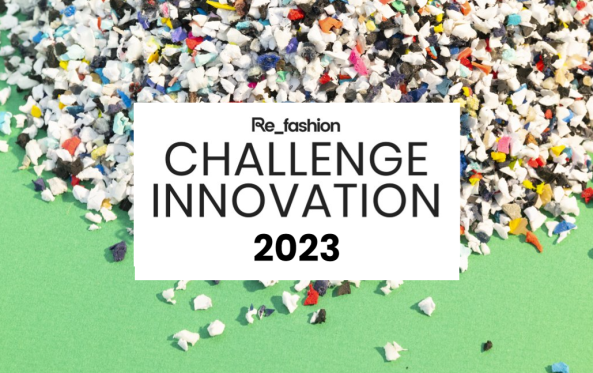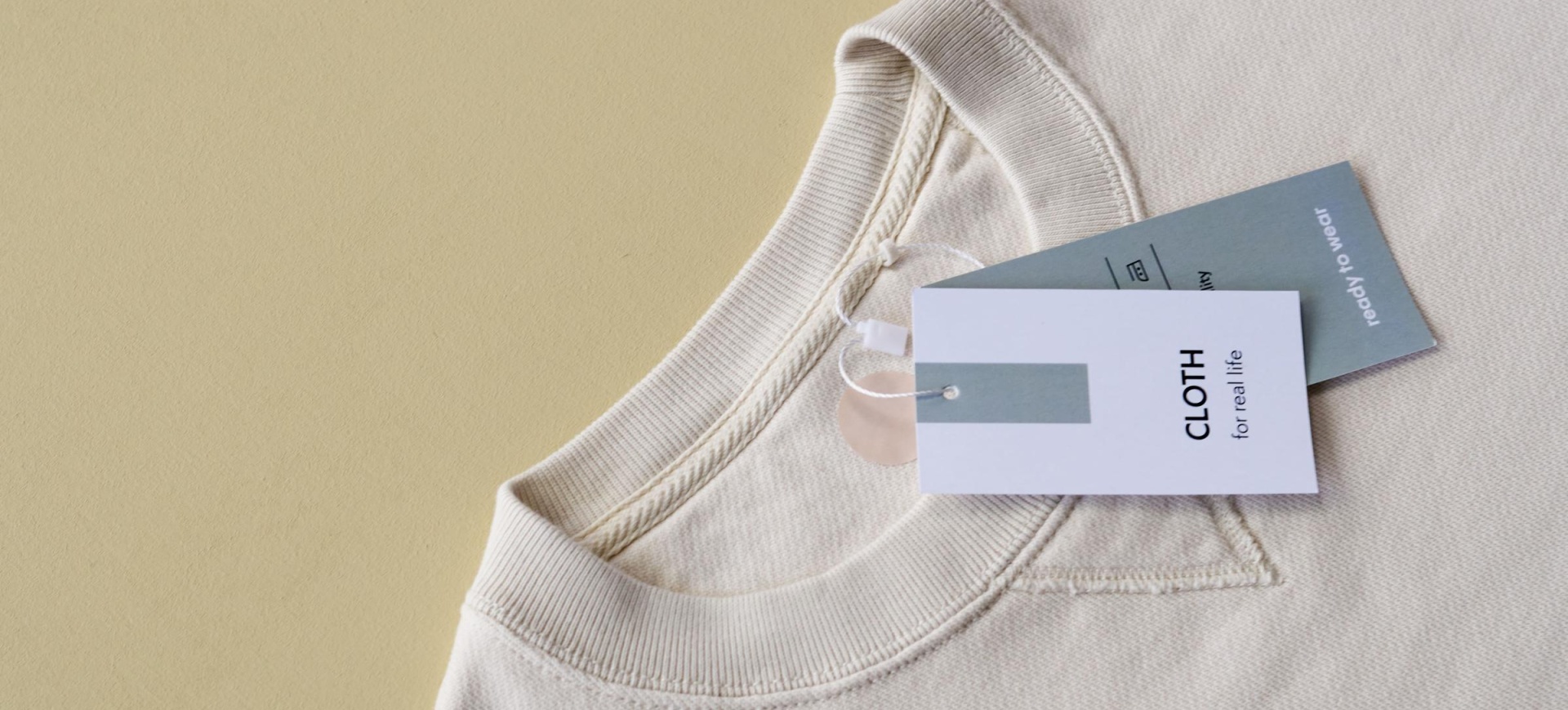French Ecolabelling
Developed by the General Commission for Sustainable Development, the French Ecolabelling is intented for consumers. It applies only to Clothing products and takes the form of a score, with no maximum value, visible on each item. The higher the score, the higher the environmental cost of the product.
The calculation method is largely based on the European method, with the addition of a supplement on the release of microplastics and penalties. The calculations are made using a database developed by ADEME.
The calculation method is largely based on the European PEF methodology, while modifying and adapting certain aspects. It incorporates additional criteria such as extrinsic sustainability, microfragments and the impact of ephemeral fashion. To overcome certain structural limitations of the PEFCR, it applies a bonus/malus system. On the other hand, the physical durability of the product is not yet taken into account in the current decree, although it should eventually be included.
The European Commission approved the French environmental labelling decree for textiles on 14/05/2025. From 1 October 2025, brands that wish to do so will be able to display environmental information in-store and online.
The free Ecobalyse tool can be used to calculate the environmental cost of products.
Learn more:
A new poster to know the environmental impact of clothing, Service Public
Product Environmental Footprint Category Rules Apparel & Footwear
At the same time, Europe has been working on the development of a harmonised methodology for calculating environmental footprints within the multi-sector framework known as PEF (Product Environmental Footprint). This framework is based on the analysis of a product's life cycle and provides general modelling rules. Sector-specific rules are then defined in the PEFCR (Product Environmental Footprint Category Rules).
On 15/05/2025, the European Commission validated the PEFCR methodology specific to the Apparel & Footwear (A&F) sector, which provides specific calculation rules for the environmental footprints of clothing and footwear.
For the moment, the PEFCR A&F is not directly applicable to consumer communications (B2C) with a point score, but rather aims to establish a harmonised technical reference framework for companies to assess the environmental impact of textiles and footwear for B2B communications. France has drawn on this technical framework to propose its own labelling method.
The general framework of the PEF is due to be revised by the end of 2025, which will probably lead to an update of the PEFCR for the textile, clothing and footwear sector in the next few years.
Learn more about PEFCR A&F and download the public methodology




